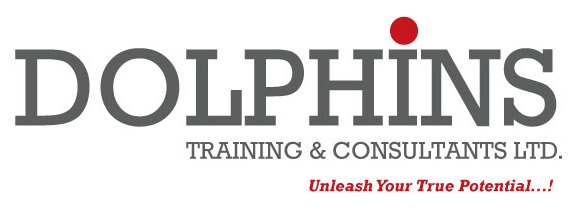
Here are 40 pointers for Scaling Up
Mastering the Rockefeller Habits and Fortune: The greatest business decisions of All Time.
- Hire fewer people but pay them more.
- No team is so big that it cant be fed with two pizzas.
- If more than one person is accountable, then no one is accountable, and thats when things start falling through the cracks.
- Hire people who dont need to be managed, and regularly wow the team with their insights and outputs.
- Leaders must hire people who are better than them.
- Heads of Business Units need to lead as if they are individual CEOs.
- Use the Lean technique Eliminate time wasted on activities that dont add value for customers/clients.
- The cost of bad hire is 15x his or her salary (according to TopGrading).
- You need strange culture and strange strategy to differentiate your firm in the marketplace.
- Its better to do 3-4 hours of interview instead of spending hundreds of hours of headaches if you hire the wrong person.
- Failure to develop sufficient leadership is one of the three biggest barriers to growth.
- Focus on eliminating or delegating tasks that drain you.
- Great managers discover what is different about people and capitalise on it.
- On-boarding needs to be a celebration. Throw a party for people who joined the company instead of doing it when they leave.
- Modern careers are like rock climbing where top does not have to be the goal. Getting across the rock face or reaching another spot can be more exciting and rewarding.
- Organise your employee handbook into sections around each core value.
- Deadlines cannot be an excuse for making mistakes. Be quick, but dont hurry.
- Identify your one phase strategy which represents key lever in your business model that drives profitability and helps you choose which customer desires to meet and which ones to ignore.
- A company can outperform rivals only if it can establish a difference that it can preserve.
- If everyone can accomplish one thing in addition to his or her daily job, thats a dozen improvements every quarter, or hundreds.
- Knowing what trends are going to shake up your industry and having a plan for dealing with them will help you stay ahead of the competition.
- Quarterly theme is a fun motif you can use in your internal marketing to rally everyone around achieving your Critical Number.
- Senior leaders need to be in the market 80% of the week, either figuratively or literally.
- What should we start doing? What should we stop doing? What should we keep doing? 3 questions you should ask your recent hires.
- 4 questions leaders should ask clients in person (not on a survey) How are you doing? Whats going on in your industry/neighborhood? What do you hear about our competitors? How are we doing?
- Share insights from conversations with clients at the executive teams weekly huddle. Dont bog down the process with a bunch of written reports.
- Whichever competitor has the most market intelligence, and uses it, wins.
- All executives and middle managers should have a coach (or peer coach) holding them accountable for behavioral changes.
- Make sure that the core values, purpose and priorities are posted throughout the company. These can be displayed on walls, floors, ceilings, or even in the boardroom.
- Most matters can wait for the daily huddle or the weekly meeting. Bigger issues, which necessitate getting everyone in a room for a few hours, can be addressed during the monthly management meeting.
- Avoid checking up on whether someone did something the previous day. Looking forward is a great management; and looking backward is micromanagement.
- Line up all your meetings in a day, instead of spreading them over in a week.
- Have your CFO give you a cash report everyday. Observing the sources of cash flowing in and out on a daily basis gives real insight into your businesss financial model.
- Find ways to speed up and move cash more quickly through the business. Eg. Specify a due date on the invoice rather than include the standard due in 30 days.
- 10% (profit) is the new break-even. Once you add new labor and profitability drops, hold labor costs steady and grow back to 15% profit. Keep repeating the cycle.
- Revenue is Vanity, profit is sanity, and cash flow is king.
- Midsize businesses should target at a minimum of 30% return on net assets.
- Success belongs to those who have these two attributes: 1) An insatiable desire to learn 2) An unquenchable bias for action.
- Along the journey, there is a set of habits routines that will make the climb easier. Routine sets you free.
- And lastly, whatever you do, avoid doing everything all at once. One step at a time.
Although, these cannot be considered as the guaranteed solution, but keeping these in mind can definitely act as a growth catalyst for your business.
